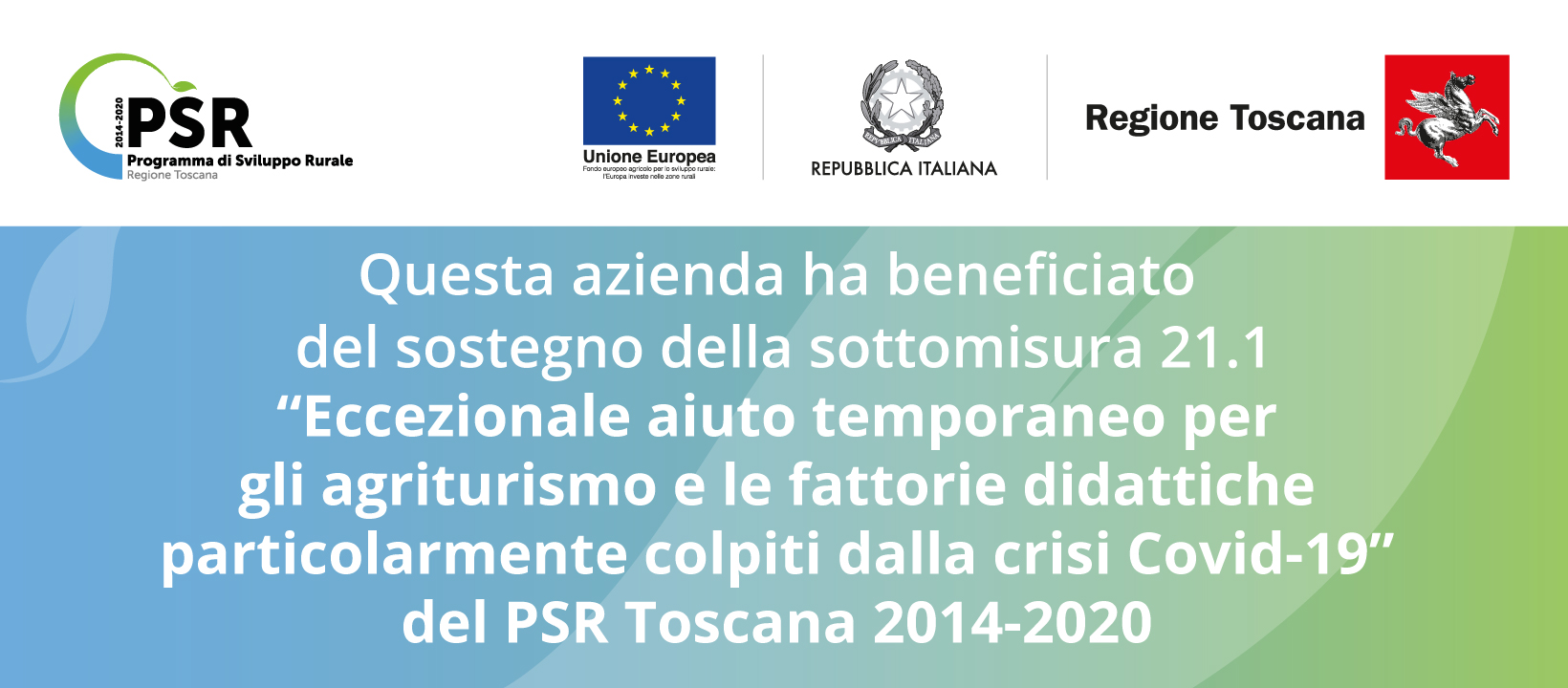The History of the farm

Peruzzo was purchased by the Marrucchi's of Florence in 1873 in a period in which many Florentines were investing in Maremma buying land to be managed on large estates and converting them into intensive farming.

Maremma was then poor and abandoned, a real Wild West riddled with malaria and banditry and isolated compared with the "civilized" parts of Tuscany . When the farm was bought, it stretched for 2,400 hectares and the centre of the Estate was in the village of Roccatederighi with the manor house, the school, the oil mill and warehouses. In Peruzzo there were only some agricultural buildings and the animals with the farm workers looking after them there.

The records kept in the family's archives allow us to follow the next stages of development. A modernization and reform plan was immediately put into action, moving the main residence to Peruzzo, planting olive trees down on the plain and introducing sharecropping.

This was a system, used since the Middle Ages in the rest of Tuscany but until now was unknown in Maremma, in which half of the harvest went to the landowner and half to the farmer who lived and farmed there therefore reaping the full fruits of his labour. That was how the many farmhouses where the farmers lived with their families started to be built, the same farmhouses that today accommodate the guests.
About 200 people lived on the estate on those 28 farms cultivating wheat, olives, grapes and livestock. There was a school for the farm worker's children, the blacksmith's forge. the carpenter's, the church of San Feriolo near the hamlet of Caminino and an after work club in Peruzzo di Sotto where people came on Saturdays from the nearby villages to meet and dance.
The manor house was renovated in Peruzzo and grandfather Luigi moved there to live with his young wife Ada, whose stories gives us a glimpse into what it was like in those days: the pleasure of the first time she came to Peruzzo, welcomed by the fires that the farm workers had lit on the hill in celebration; the incubator made from cotton wool for the child of a farm worker born prematurely; the cloud of dust that rose from grandfather's car when he returned from Grosseto which, the only car in the area, warned the cook it was time to cook the pasta.

With the end of World War II everything changed, sharecropping was in crisis and the lands on the plains were expropriated during the period of land reform. The land passed to the farm workers who preferred to live in the villages and the farm houses were abandoned and left to ruin, because it was thought that they would never be lived in again.
The focus therefore passed to agriculture by creating a modern pig farm in Caminino, a plantation of spruce trees to sale as Christmas trees and a large vineyard, in this way becoming forerunners of the discovery of Maremma as a land of great wines.
In 1998 the agritourism was finally set up and today, alongside the olive groves and vineyards, is a important part of the activities of the farm.











